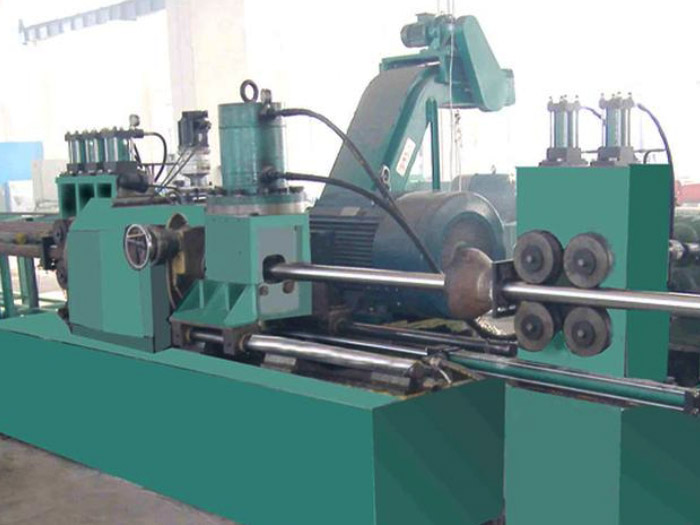- Lathes vs Milling Machines: Turning vs Milling
- Tension Levelers: Advanced Straightening Solutions
- CNC Sawing Machines: Revolutionizing Precision Cutting
- Industrial Lubrication for Parallel Roller Straighteners
- Double-Column Band Saw: Design, Features, and Applications
- Common Defects in Centerless Grinding
E-mail:liu@mingchenggroup.com
Phone:+86 13322202758
QQ:605712576
Address:No. 20, Gangwan Street, Zhongshan District, Dalian City, Liaoning Province
Elevate Your Precision: A Comprehensive Guide to Turning and Peeling of Round Bars
Introduction:In the competitive landscape of manufacturing, achieving unparalleled precision is the key to success. For factories involved in the production of round bars, the adoption of advanced techniques such as turning and peeling has become imperative. This blog aims to delve into the intricacies of turning and peeling processes, providing factories with accurate insights to optimize their operations.
Unveiling the Art of Turning and Peeling for Round Bars:
Precision Redefined:
The turning and peeling processes redefine precision in the manufacturing of round bars. By employing these advanced techniques, factories can achieve exceptionally tight tolerances, ensuring each round bar meets exact specifications. The result is a flawless finish that enhances the overall quality of the product.
Optimized Material Removal:
Turning and peeling are highly efficient methods for material removal in the production of round bars. These processes allow factories to achieve consistent diameters and smooth surfaces, minimizing waste and optimizing the utilization of raw materials. The result is a cost-effective approach to manufacturing with minimal material loss.
Enhanced Surface Finish:
One of the key advantages of turning and peeling is the superior surface finish they impart to round bars. The precise removal of material results in a smooth and polished surface, meeting the highest standards of quality. This is particularly crucial for applications where surface integrity is paramount.
Versatility in Materials:
The turning and peeling processes exhibit versatility in handling a wide range of materials. Whether dealing with stainless steel, alloy steel, or non-ferrous metals, these techniques adapt seamlessly, offering factories the flexibility needed to cater to diverse customer requirements.
Increased Productivity:
Factories embracing turning and peeling experience heightened productivity. The efficiency of these processes, coupled with their ability to maintain tight tolerances, allows for faster production cycles. This, in turn, enables factories to meet demanding schedules and customer deadlines with ease.
Customization at its Core:
Turning and peeling provide a foundation for customization in round bar manufacturing. Factories can tailor their processes to produce round bars with specific dimensions, surface finishes, and tolerances, catering to the unique needs of their clients.
Conclusion:As the manufacturing landscape evolves, the importance of turning and peeling in the production of round bars cannot be overstated. Factories that embrace these advanced techniques position themselves for precision-driven success. By optimizing material removal, enhancing surface finishes, and ensuring versatility, turning and peeling become the cornerstones of efficient and accurate round bar production. Elevate your manufacturing processes with the transformative power of turning and peeling.
- Previous:Revolutionize Your Operations with the Round Steel Bar Rod Automatic Peeling Machine
- Next:Precision Unveiled: Exploring the China Rod Peeling Machine by MC
-
2023-09-19How The Round Steel Peeling Machine Works?
-
2023-09-19Round Steel Peeling Machine




